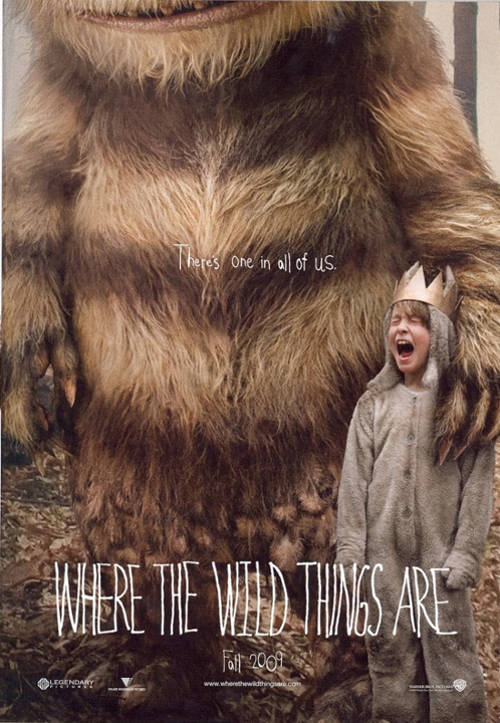Yesterday I went to see Spike Jonze’s movie, “Where The Wild Things Are”, his adaptation of the Maurice Sendak book of the same name. Having just spent the day reflecting and writing on leadership and community formation, the movie took on a hue I wouldn’t normally see.

The movie follows Max, played by Max Records, a young boy with a vivid imagination and what my daughter describes as “issues”. He finds it difficult to cope with the divided loyalties of his family and “loses it” when his mother (solo parent) brings home a boyfriend. He runs away and sails off to an island inhabited by monsters.
Max’s interaction with the monsters starts as he witnesses a destructive fit of anger by Carol. He quickly moves into join the monsters, hoping to become one of the tribe. Eager to impress, and perhaps needing to just stay alive, he convinces them that he is a king whose previous experience has demonstrated incredible powers. The monsters crown him King in the hope that he will make them happy.
Max does what he can to bring about his promises of shared happiness. First comes the rumpus, the chaotic free-for-all fit of destructive revelry. Then comes the building project, in which destroyed nests are replaced with one large fort/city. When that’s not enough he tries a program he’s used elsewhere, a dirt clod fight. Over time Max discovers something of the complexity of human interaction, including the human costs of ego-driven quests for greatness.
I appreciated the way these monsters were portrayed. Of course they were cruel and savage. They were monsters. But they had distinctive patterns of behaviour that can be found in most human communities. Carol, the person who desperately wants to be loved, all the time. Judith, the monster who struggles with anxiety and must critically analyse everything as it relates to her. Ira, her mate, who smooths things over. Alexander, the goat who feels lonely and ignored, and who is hurt by the robust behaviours of others. Douglas, the cluey bird who goes along with and enables whatever is happening. KW, the hippie-like monster who likes spending time outside the community, communing with her outsider friends. And the bull, the mysterious introspective character in the background.
The movie does reveal a journey of maturity, not only for Max but perhaps also for the community. There’s a deepened awareness of the other, a willingness to “see one another”. The final scene, for me, revealed something of the journey Max has been on, from seeing people as objects of his own needs through to the recognition of others as “subjects” – people who know and are known.
I saw the film in a theatre along with adults and teenagers. It’s not a movie for small children, despite the main character being a child. It’s too long, dark and scary for kids. However there is a lot there for people who want to explore social psychology and sociology.
For other reviews see Screenit (for parents), and Ryan McGivern’s spiritual/psychological angles at Mindflowers.
